Banded Bay Cuckoo
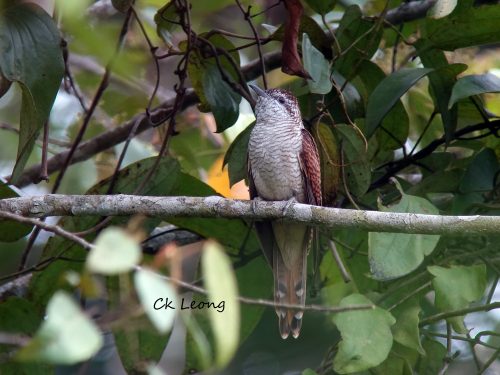
Banded Bay Cuckoo. Crocker Range National Park, Sabah. 06 May 2016
From the few occassions when I was able to spot the Banded Bay Cuckoo, I consider myself to be real lucky this time to be able to get a photo of this bird. As in previous sightings, the bird was calling from the edge of (disturbed) forest. If you are not familiar with the call, look for dark eye stripe and pale supercilium with dark eye ring.
 June 10, 2016
|
Posted by CK Leong
June 10, 2016
|
Posted by CK Leong
 Categories:
Categories: 
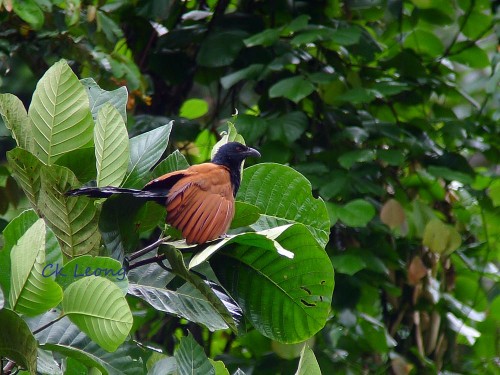
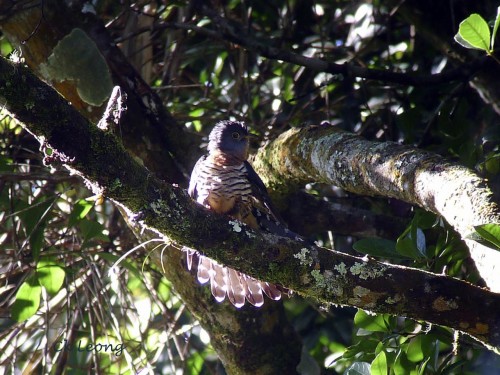
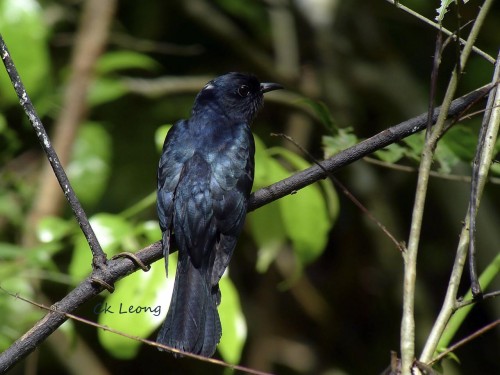
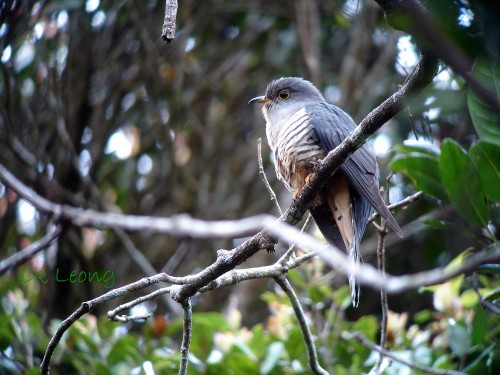
Recent Comments